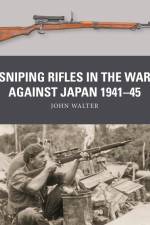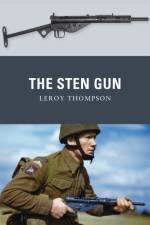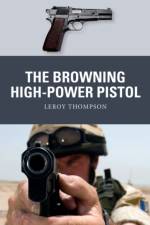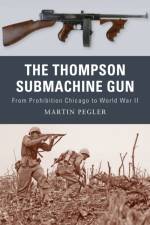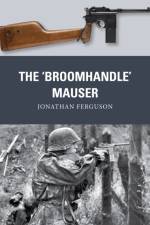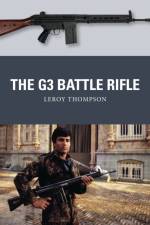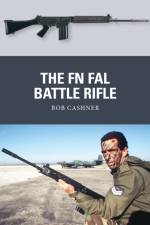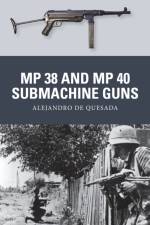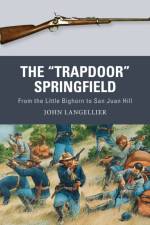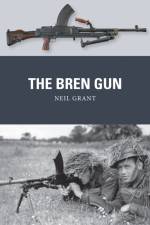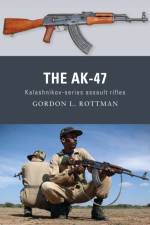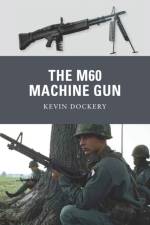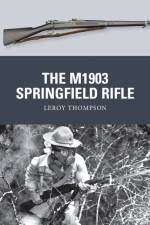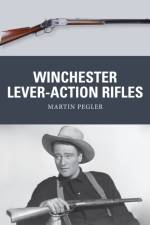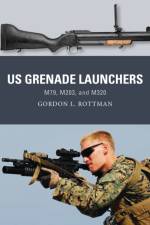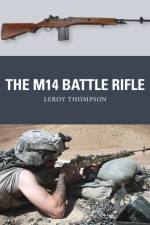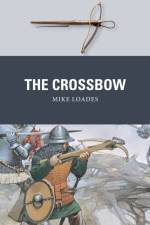av Kevin Dockery
249
The US M60 Machine Gun, known as "the Pig," was developed in the years after World War II from two revolutionary German designs, combining the effective belt-feed system of the MG 42 machine gun with the bolt-operating design of the FG 42 rifle. Chambered for the standard NATO 7.62mm round, the M60 was the first US-issue machine gun to have a true quick-change barrel; it was capable of firing 100 rounds per minute in a sustained-fire role, with the gun team only having to change barrels every few minutes.Adopted in 1957, the M60 came into its own in the jungles, hamlets, and city streets of Southeast Asia during the Vietnam War. "Humping the Pig" became common in US military squads, with at least one soldier equipped with an M60 and every squad member carrying ammunition for it. The M60 design transformed infantry tactics as squads took advantage of the immediate volume of fire offered by the design. In a fast-moving combat environment, the M60 could move forward with the troops, giving them a base of fire to attack a position without slowing down. Although the M60 could be operated by one man, the tripod mount allowed the weapon to be set up to fire over the heads of advancing troops, while the built-in bipod could be used by the gunner to quickly set up the weapon to fire on targets of opportunity. Special operations troops particularly favored the M60, and several versions of the weapon were mounted in helicopters, vehicles, and watercraft.In the decades following Vietnam, the M60 was extensively modified as a result of combat experience, resulting in the adoption of the M60E3. By the 1990s, Naval Special Warfare units had adopted the Mk43 Mod 0 Machine Gun, the M60E4. Although it has now been replaced by the M240 series of weapons in US infantry and mechanized units, the M60 is still in common use with the US armed forces. Meanwhile, its iconic status has been assured by its frequent appearance in many popular films and television shows, from Full Metal Jacket to The A Team.Featuring specially commissioned full-color artwork, this is the full story of the M60, the innovative squad base-of-fire weapon that has equipped the US military from the jungles of Vietnam to the deserts of Iraq.

